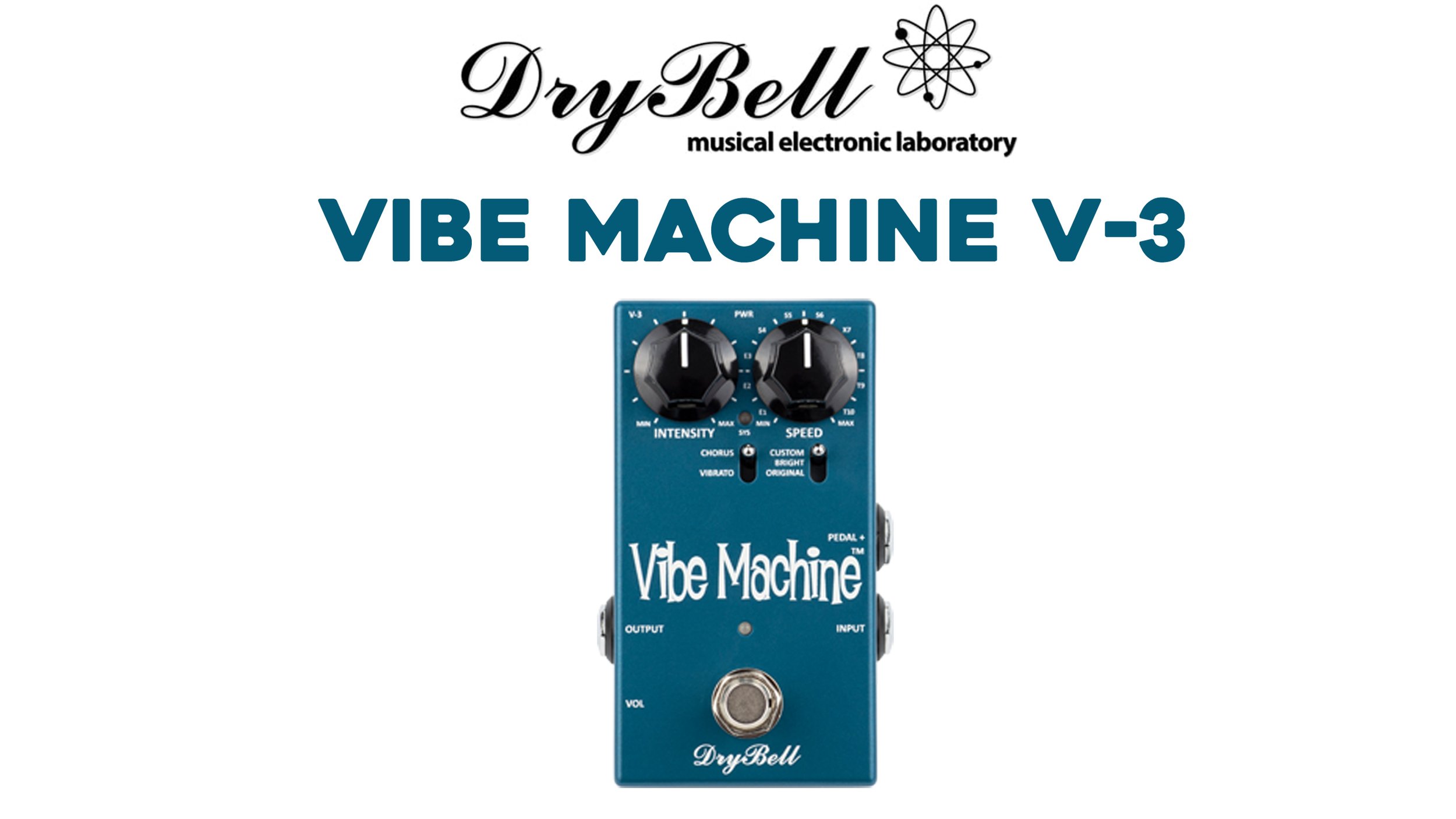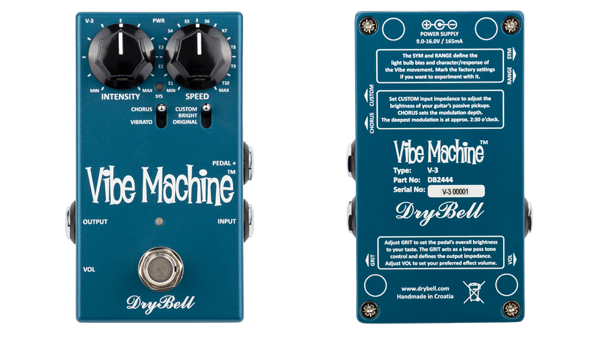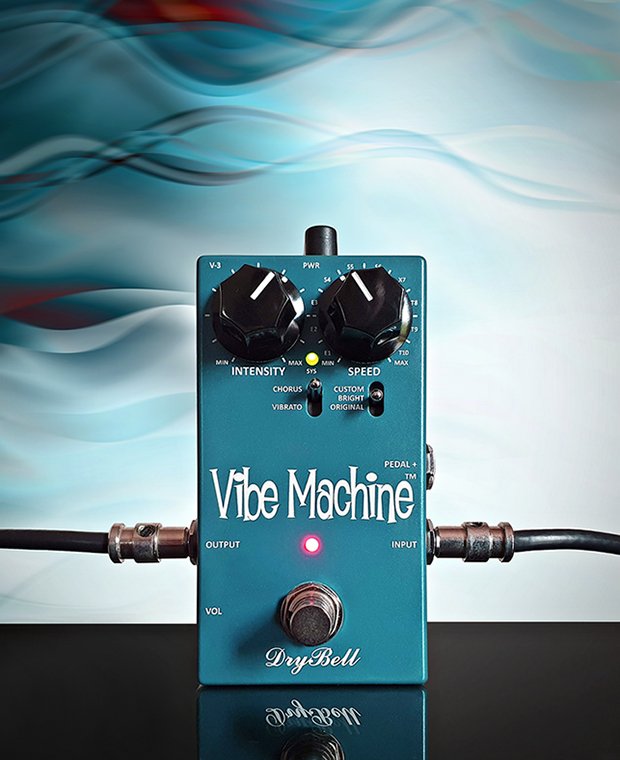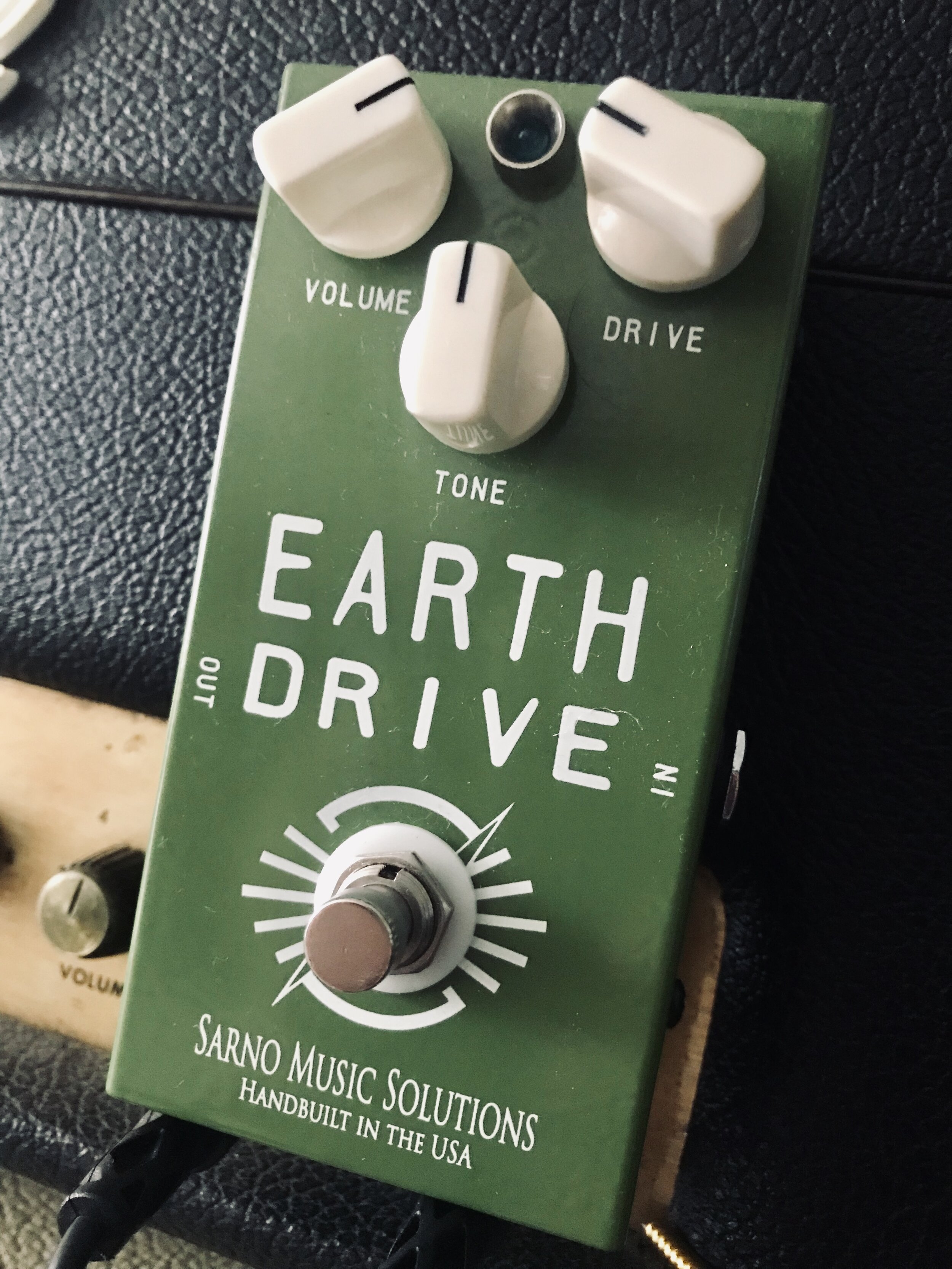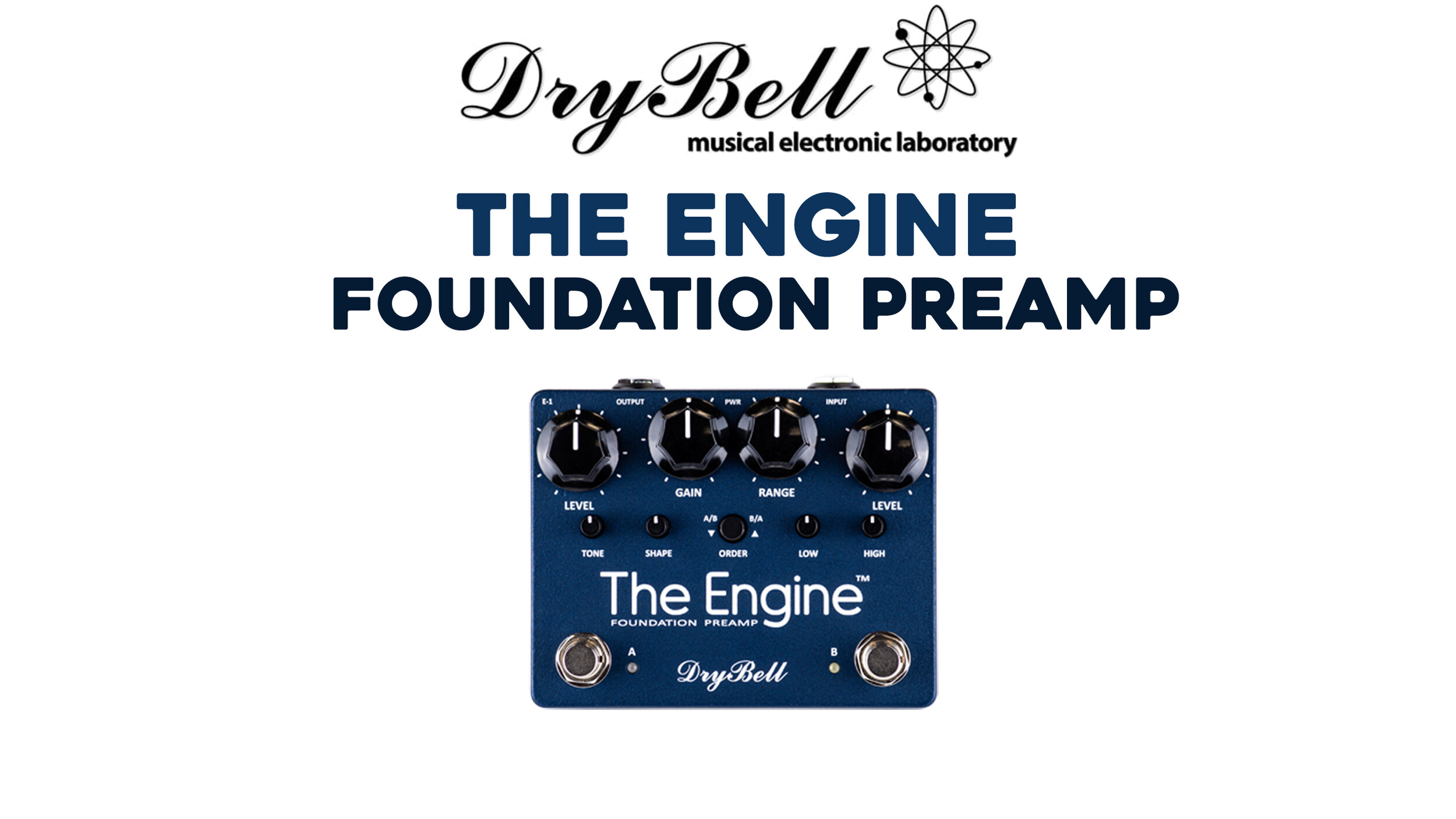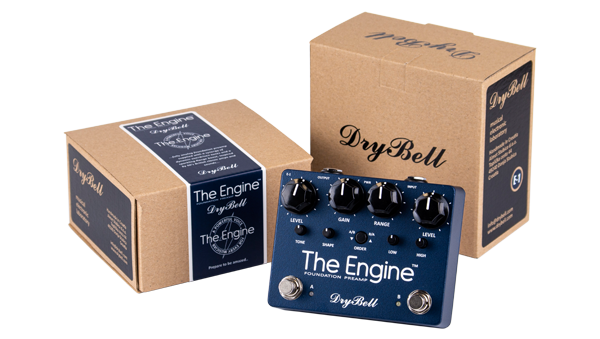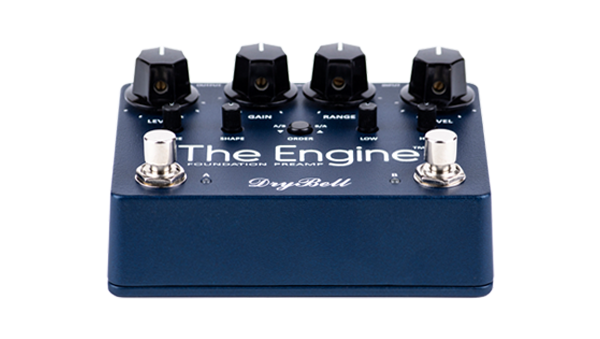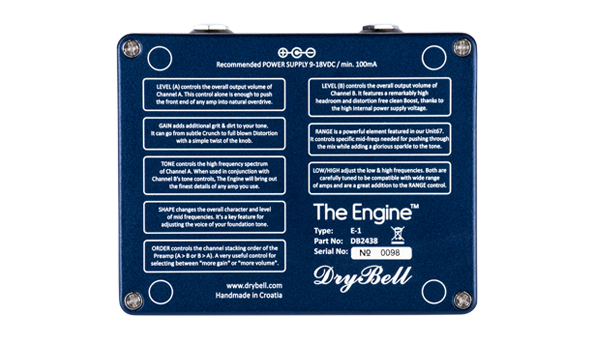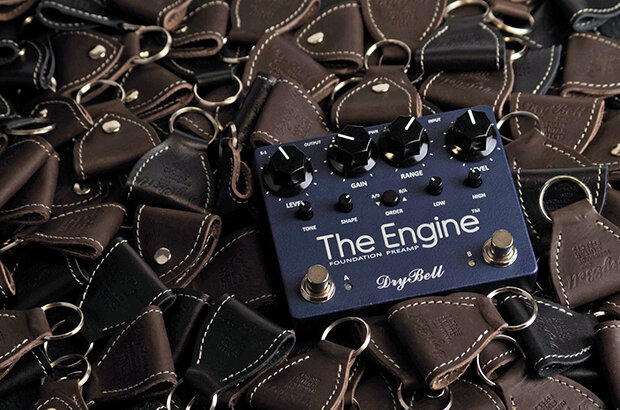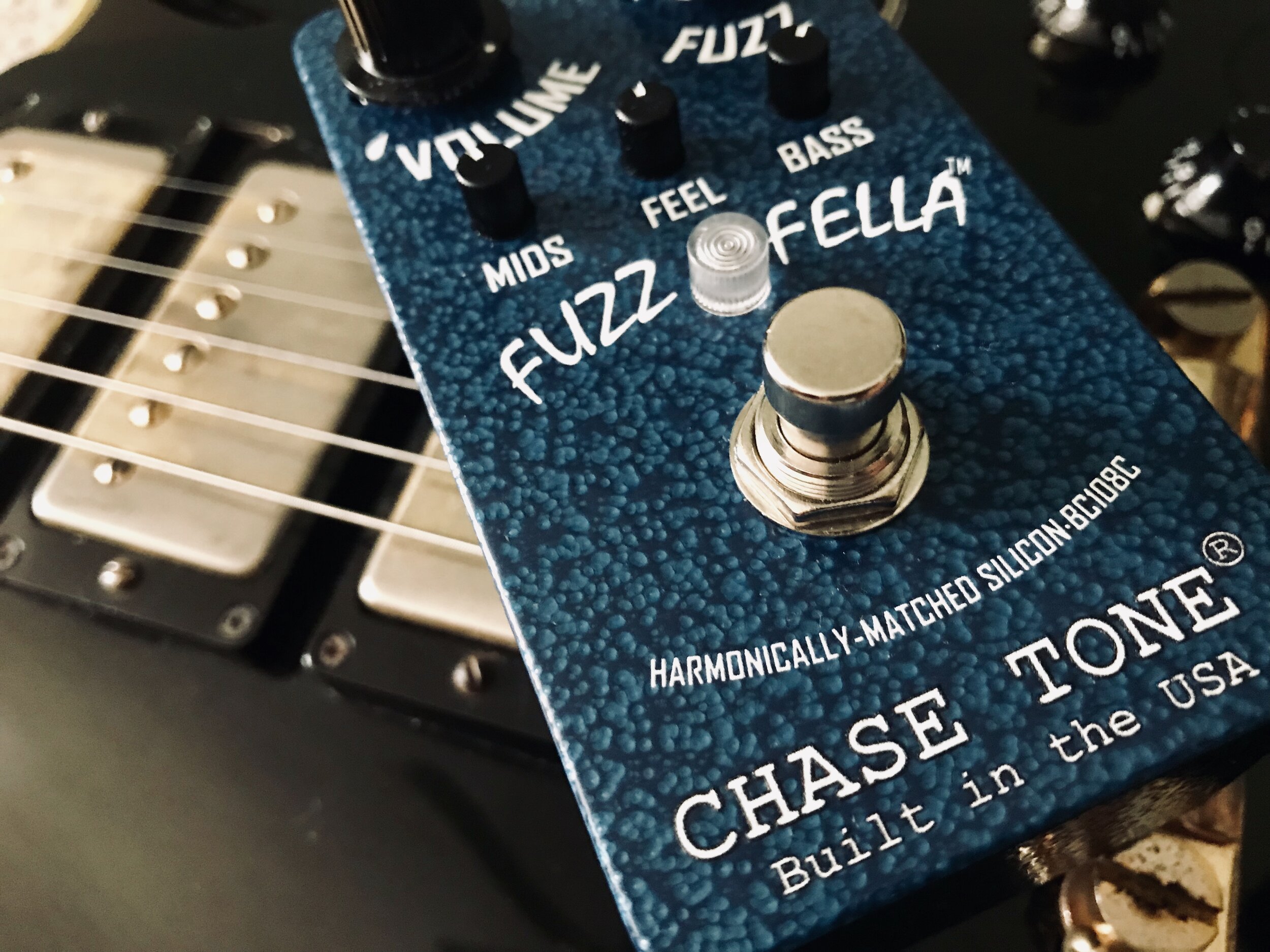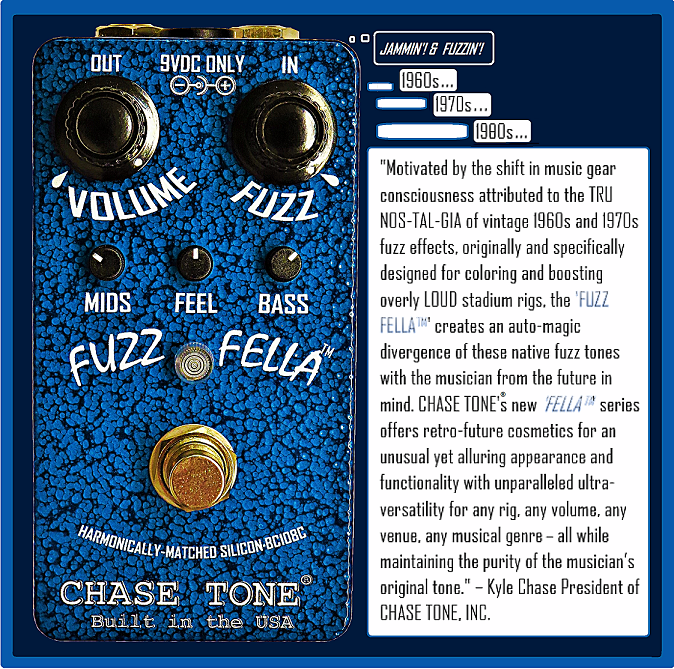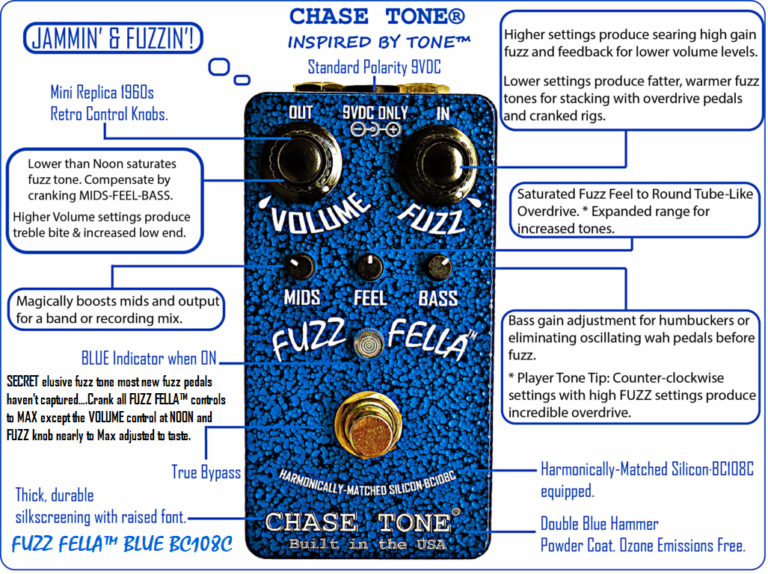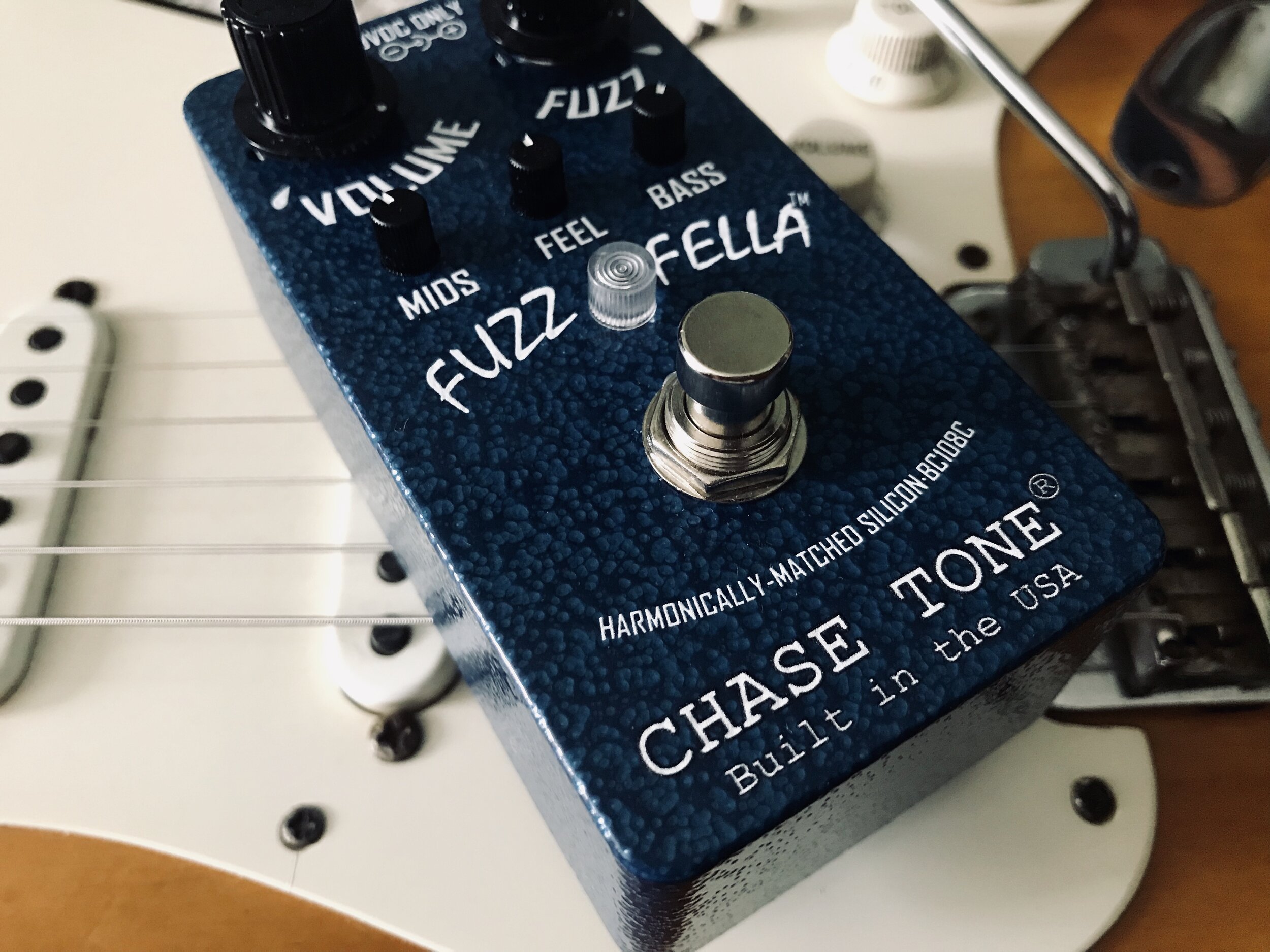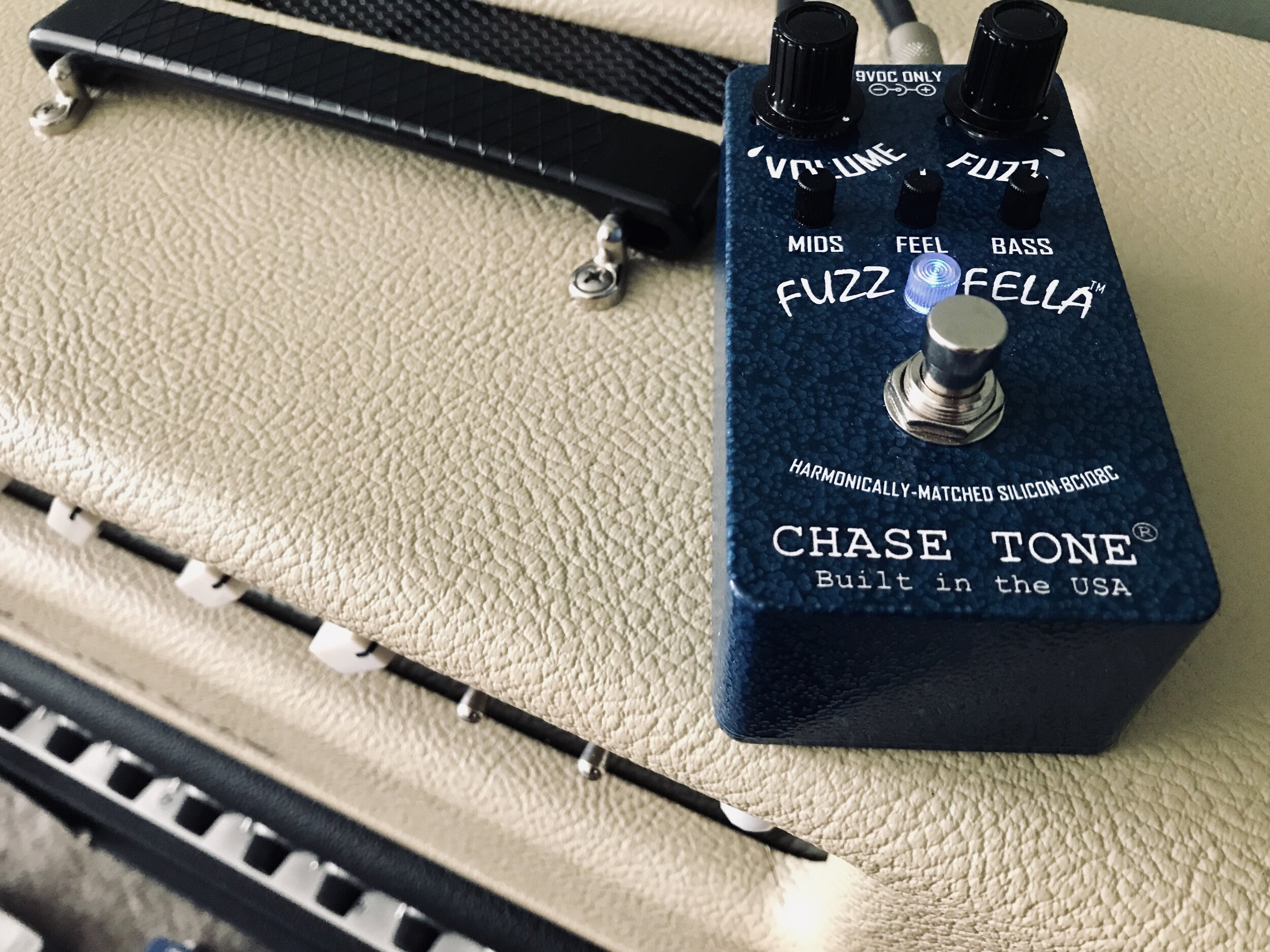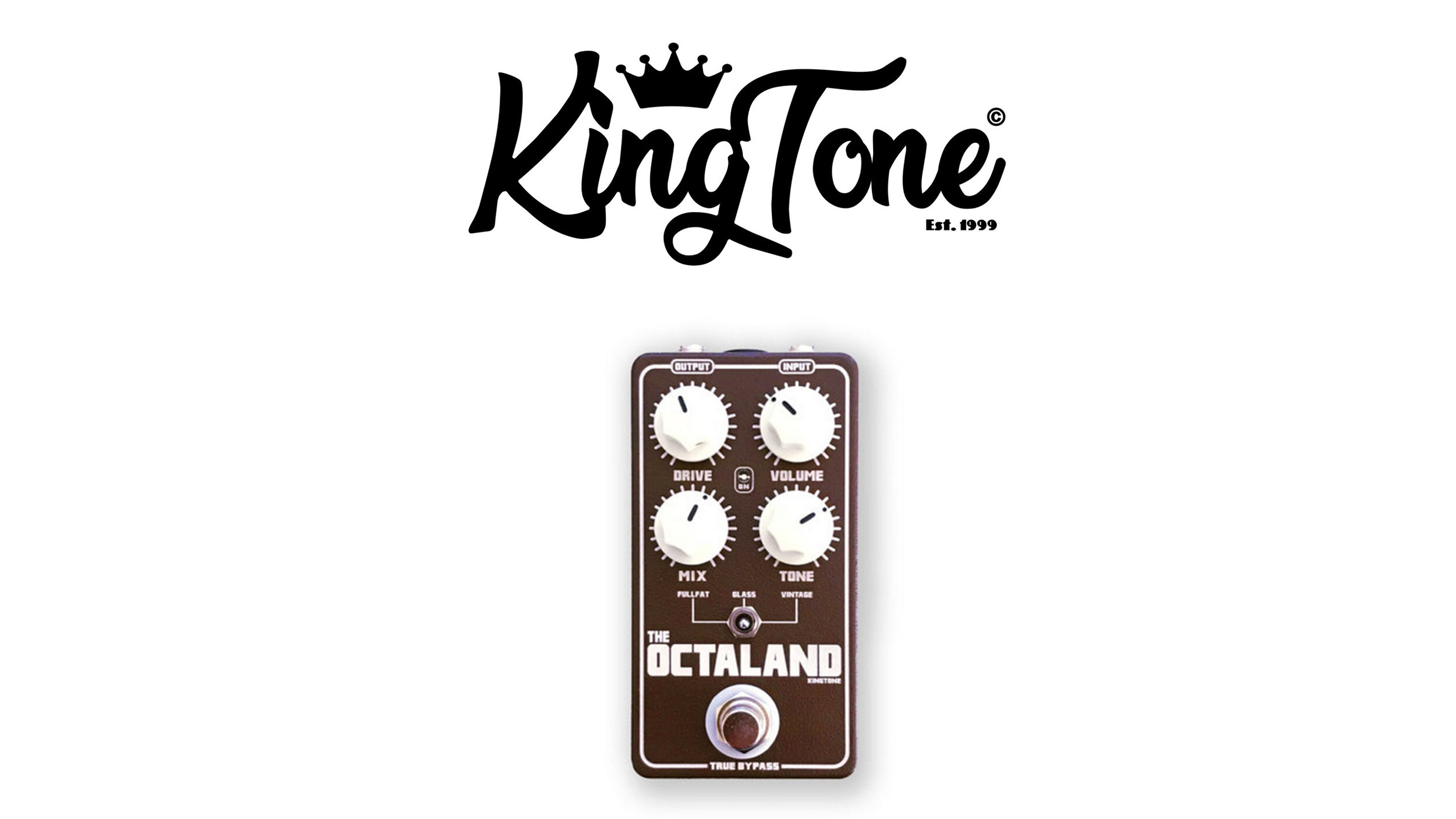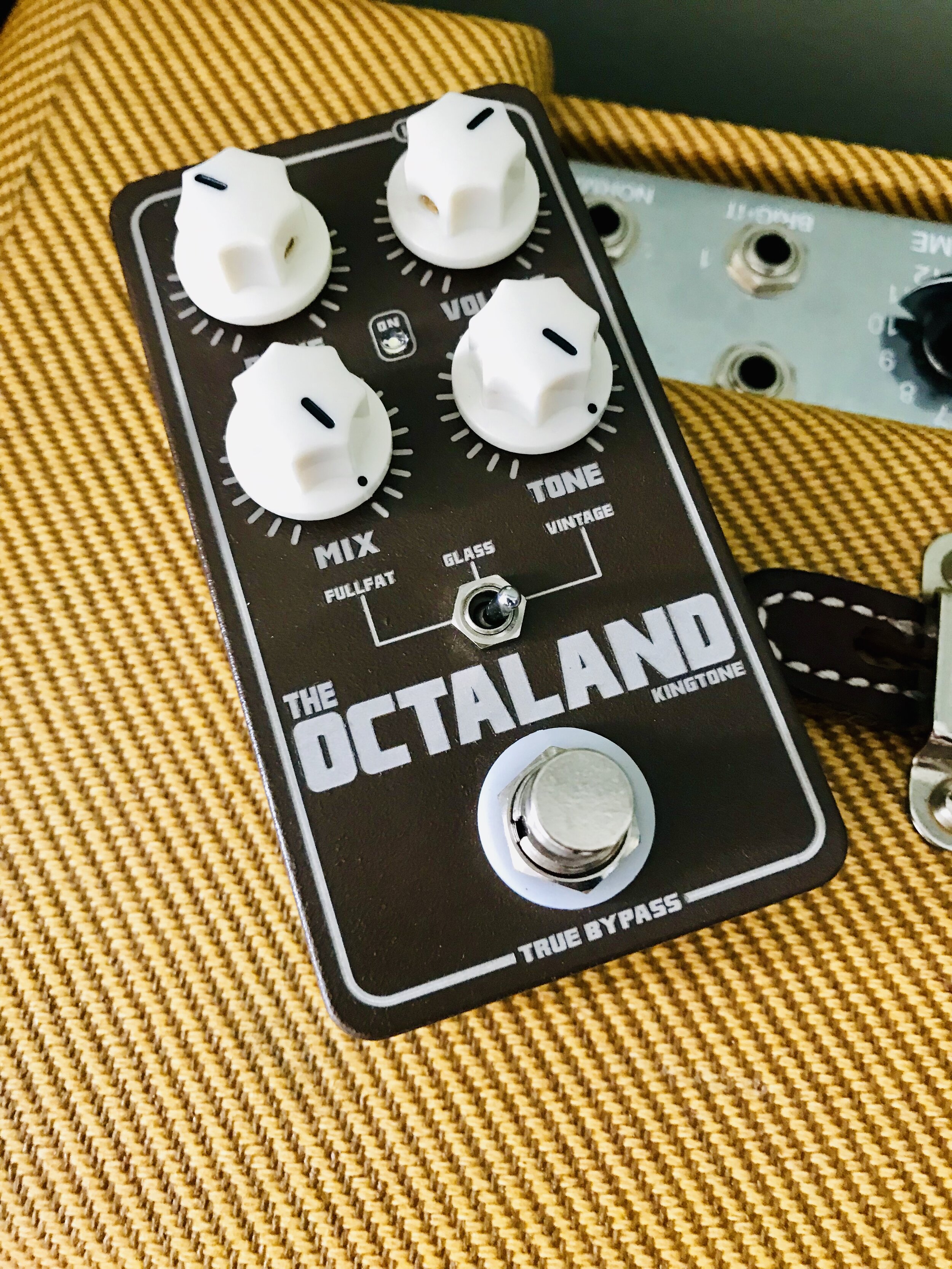Hello Gearheads! Today I’m excited to bring you a slightly different type of Gearheads Feature, taking a break from our usual pedal-centric programing, I’ve got a killer new set of pickups to share!
Gemini Pickups, is a handmade pickup winding company out of Newburgh, NY led by the venerable Rob Banta. Gemini Pickups are decidedly a smaller, cottage industry compared to the giants that may line your brick and mortar shops… well for the time being that is. Banta is making some big waves with his creations and getting them in the hands and well, bodies of some music talent’s best sounding guitars.
Gemini Pickups flagship designs appear to be in the once niche market of Gold Foil pickups, that are incredibly popular now, well again that is after their resurgence. Gemini does not seem to led by the usual mentality of stocking their shelves with copies of every typical pickup design as many of their peers seem to do. Call it more of niche interests, call it a distinct instinct on what else could be made really well other than your 9 variations of a “Patent Applied For'“ humbucker… I simply see it as putting out what makes you happy.
Well, happy it is indeed gearheads… the pickups are fantastic! No need to read any further… oh wait? I haven’t even mentioned anything about what I said I was going to mention!? Ah yes, the Tone Rangers!!! Onto the pickups at hand for criminy sakes!
The Tone Rangers are Banta’s take on the Fender Wide Range Humbucker. Fender’s Wide Range’s were original designed by the historical Seth Lover, the man who designed the Gibson Humbucker.. someone had to help buck that hum! In the early 1970’s Fender was looking to compete with Gibson, since Fender was mainly considered a ‘Single Coil’ guitar manufacturer Seth Lover was brought in to help revitalize their vision and their guitars. The Wide Range Humbucker was used in Telecaster Deluxes, Telecaster Thin-lines and the Starcaster, a space age shaped semi-hollow electric. The Wide Ranges themselves were more clear, open and “stringy” than the Gibson counterparts, while still ‘bucking’ hum and reducing the 60 cycle noise guitarists were dealing with (and still deal with to this day!). Used until around the end of 1979, they would be reintroduced in various different incarnations over the years but without the same core materials and most importantly the tone.
“The legendary Wide Range Humbucker. Brainchild of the same Seth Lover that designed the Gibson humbucker. If you want a great-big, bad-ass humbucker here it is. Big humbucker sound, but with more of the attack and articulation of a single coil. Tight bottom-end, smooth clear highs and all the great mid-range these pickups are known for. The challenge for me was creating a unique take on the WRHB at a decent price point. No small challenge, but I’m incredibly happy with the finished product. 10.7k bridge, 9.6k neck. These guys also make great candidates for our DualBucker wiring. In which case the single coil outputs are 6.2k/5.6k.”
Gemini’s Tone Rangers offer various different pickup sizing, I opted for the traditional humbucker route as I did not wish to change anything on my guitar other than the pickups. The original size of the housing on the pickup itself if wider and taller, making a body route a must. Gemini also offers them in a Jazzmaster style pickup housing. The Tone Rangers use a very similar alloy in the core materials as the original CuNiFe magnets making these pickups very close in feel, tone and performance.
Tonally the Tone Rangers are rich, fat and clear. They speak with a certain presence that you’d normally get from a single coil but have that added girth and roundness that we want out of a humbucker. I installed these pickups in my Tyler Studio Elite Retro. I love this guitar, it’s a very light Ash bodied resonate guitar that has a lot of vibrational information. While I liked the original pickups, I found the guitar initially a little too modern for my tastes in the tone. There was a very large EQ curve available and I wanted to clear up some of the mud that can happen with any PAF style pickup.
The Tone Rangers offer essentially every bit of fat, rich PAF tone but with the essence of a single coil. The neck pickup is clear and open while still retaining that round neck tone and the bridge pickup is cutting, snappy and present without being harsh or too bright. They are a great match for this Tyler, which is in it’s unplugged, acoustic nature a very snappy and resonate instrument. This Tyler also has an onboard midrange boost preamp circuit that plays very nicely with the pickups. Initially I was concerned the boost wouldn’t sound that great with a pickup set like the Tone Rangers, but it truly melds with them.
I’m very happy with these pickups and to say that they won’t cost you years on a waitlist or thousands of dollars is just the icing on the cake. Gemini is charging roughly around $250 a set for these which is an absolute bargain considering what the originals and the newly reissued CuNiFe branded Fender Wide Ranges can run. This will definitely NOT be the last set of Gemini pickups I try that’s for sure… most likely their Gold Foils are next on my list! The tone chase is real pals, who am I kidding… if you’re reading this feature you already know that!
Thanks for checking this Gearheads Feature on the Gemini Tone Rangers. If you’d like to learn more about Rob Banta and his work please do check out these sites for more information.
https://www.geminipickups.com/tone-rangers
https://www.instagram.com/geminipickups/
Until next time Gearheads, please take a moment to Like, Subscribe & Share this Feature and I’ll see you all very soon!



















